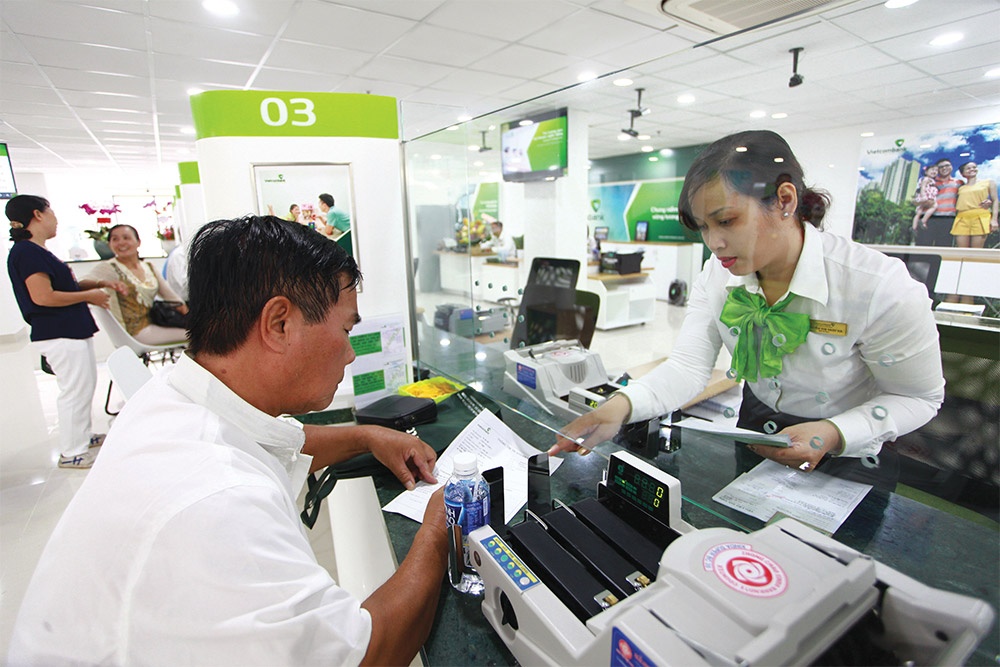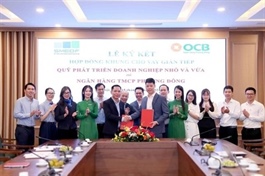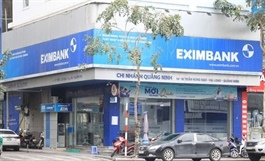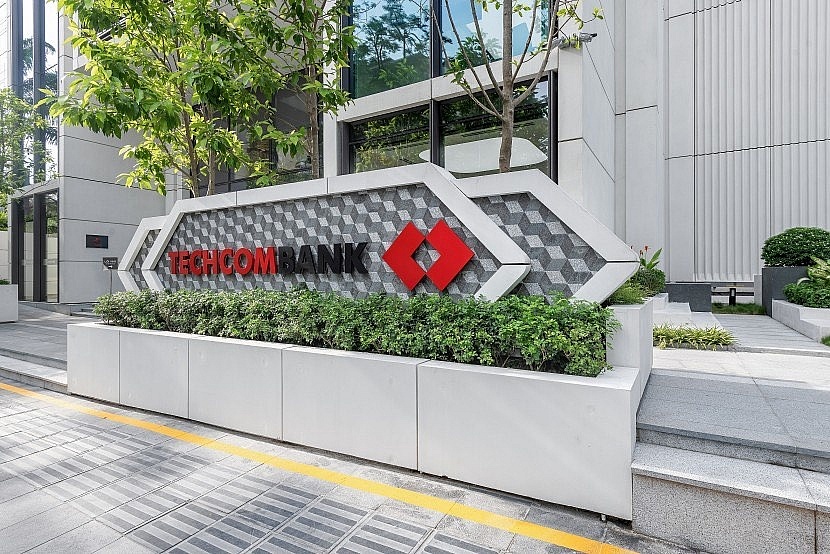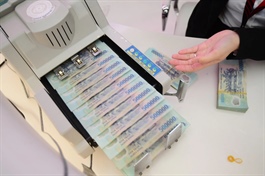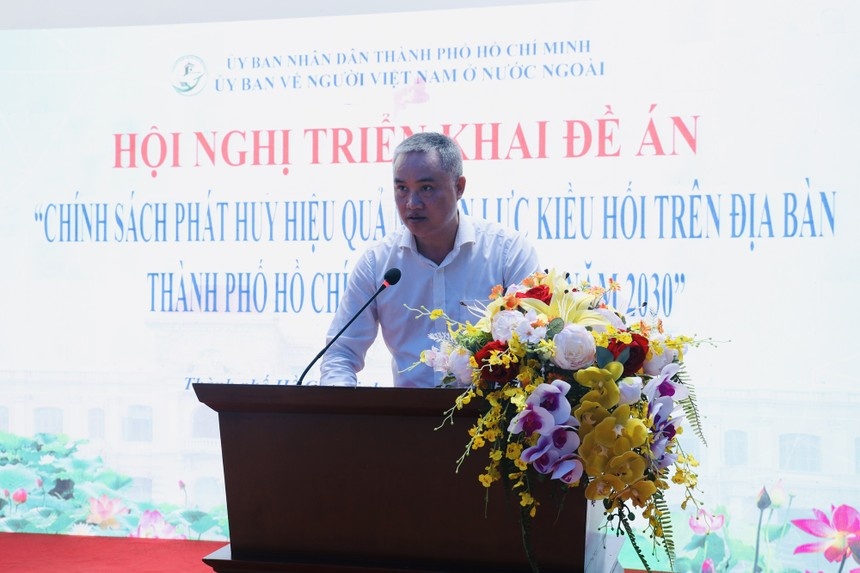Capital injection accelerated into Vietnam’s economy
Capital injection accelerated into Vietnam’s economy
The decline in the exchange rate has given the State Bank of Vietnam more room to ease monetary policy, injecting capital into the economy to meet the credit growth target, stimulate domestic investment, and aid post-typhoon recovery.
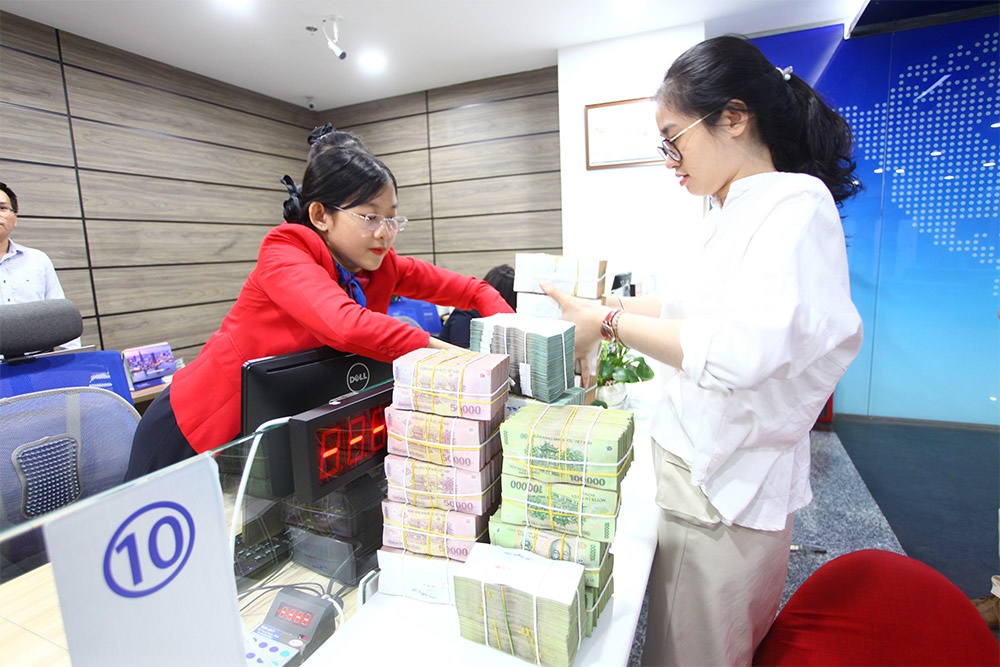
At the regular government meeting on October 7, the central bank (SBV) reported that by the end of September, the banking sector had lent approximately $50 billion, reaching about 60 per cent of the credit growth target. This requires the banking system to average $12.5 billion in monthly loans over the next three months.
“The year-end target of 15 per cent achievable. Inflation is effectively controlled, with the 2024 target likely to be met. The average lending interest rate is expected to decrease by about 0.5 per cent, while the VND has depreciated approximately 1.66 per cent, a level that supports the stability of the monetary and foreign exchange markets,” said SBV Governor Nguyen Thi Hong at the meeting.
The SBV is also continuing debt restructuring, maintaining loan groups, and increasing support packages for the fisheries and wood processing sectors from $1.25-2.5 billion, Hong added. Financial institutions have registered new credit packages to facilitate lending and lower interest rates.
The central bank has implemented a series of monetary easing policies by lowering interest rates through open market operations (OMO) twice in August and September, bringing the OMO rate down to 4 per cent, the lowest since April. This helps reduce capital costs and enables commercial banks to lower lending rates, thereby stimulating the economy in the last three months of the year.
The SBV raised the total OMO balance to over $2.92 billion by the end of September, maintaining the highest net liquidity injection since early February 2023. The total outstanding treasury bills stood at zero, while OMO liquidity amounted to approximately $2.94 billion. This net injection quickly reduced to about $2.12 billion in early October.
“Domestic inflation is currently under control, and the pressure from interest rates has eased. This allows the SBV to lower interest rates without causing significant exchange rate fluctuations. Compared to previous periods, it has gained experience in dealing with external shocks while adjusting flexibly to ensure macroeconomic stability,” stated a Phu Hung Securities macroeconomic report.
The SBV has also issued a draft circular on restructuring debt repayment schedules to support customers affected by Typhoon Yagi, expected to take effect this month. The circular’s content is similar to a previous circular, which applied to principal and interest payments due from September 7, 2023.
According to the draft, the restructuring of repayment schedules will be considered from the effective date of the circular until the end of 2025, with no limit on the number of times the repayment term can be restructured. The final repayment date of the restructured debt will not exceed December 2026.
Notably, restructuring is not only for customers directly affected by Typhoon Yagi but also for those whose partners were affected, as long as they are within the 26 provinces specified.
Nguyen Ba Hung, , principal country economist from the Asian Development Bank in Vietnam, said at a press conference that the two key drivers of post-typhoon economic recovery should be insurance and government budgets, alongside strong public investment in post-disaster infrastructure, support for agricultural recovery, seeds, and production materials.
“Funds for economic recovery after the storm should not solely come from banks, as banks themselves are already affected by many of their customers’ inability to repay after the disaster. Moreover, banks must ensure their own system’s safety, so we cannot solely rely on funding from banks,” said Hung.
“While the SBV continues to pursue supportive monetary policies, its capacity to execute these policies has been significantly constrained. Therefore, it is essential to strengthen fiscal support measures, accelerate public investment disbursement, and further reform state management to reduce the burden on monetary policy in driving the economy,” he added.





